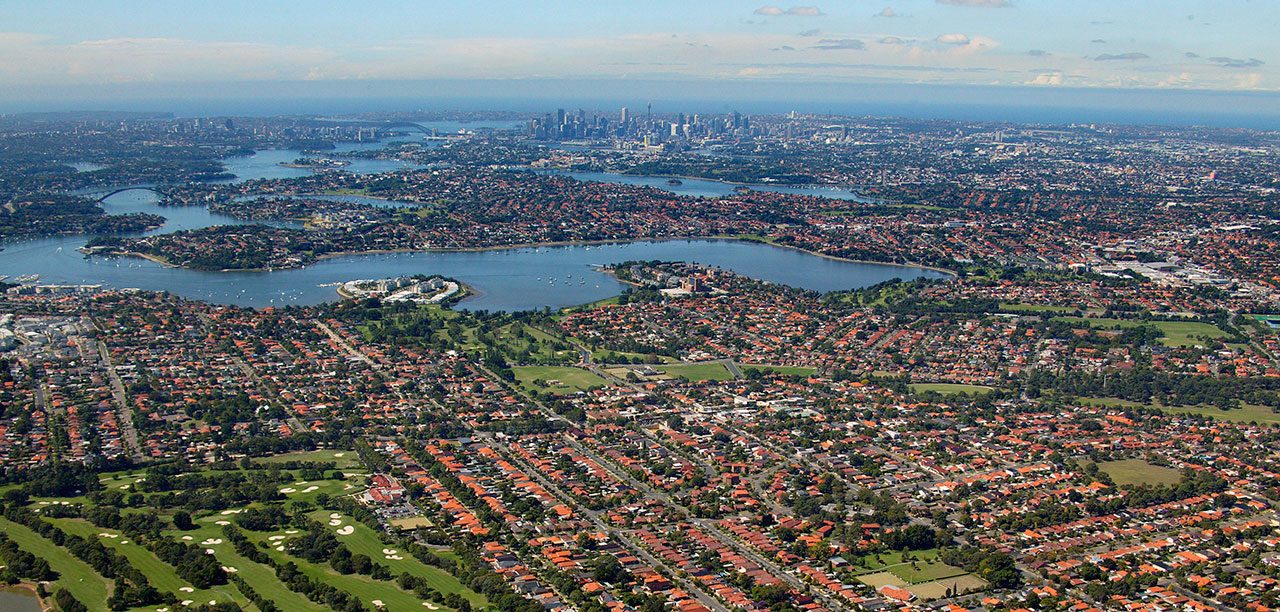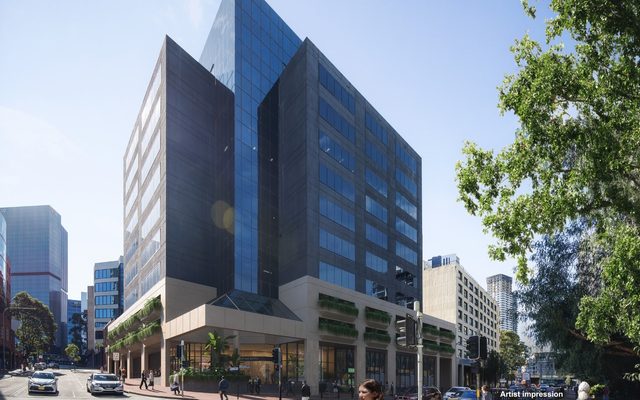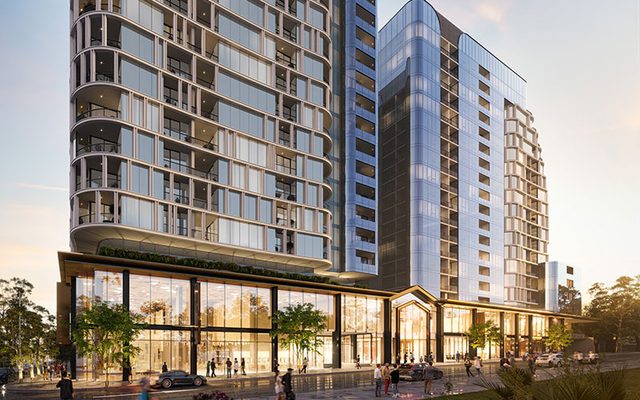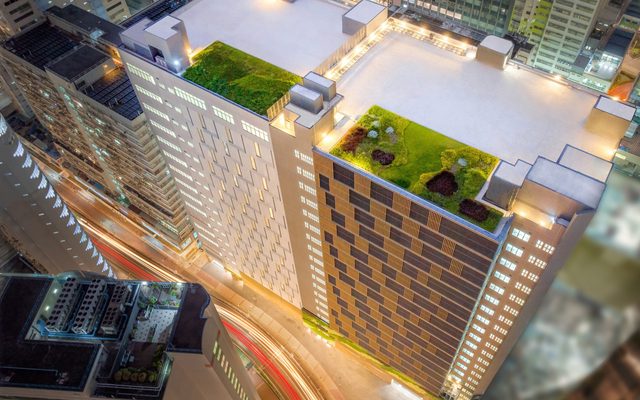This article is from the Australian Property Journal archive
BUILDING in and around Sydney’s CBD can save up to $75,000 in infrastructure costs per home, the NSW Productivity Commission has found, in a major vote for building up rather than out.
NSW Productivity Commissioner Peter Achterstraat yesterday released Building more homes where infrastructure costs less, the second in a series of papers that considers how NSW can use evidence to plan for new homes in the right locations and leverage Sydney’s existing infrastructure.
The report said that at least 550,000 new homes are needed across Sydney by 2041, while NSW will need to build 75,600 homes per year for five years as part of its share of the federal government’s housing development ambitions. In the 12 months to March, there were 47,200 newly completed residential dwellings, nearly 38% below the National Housing Accord.
“In this housing affordability crisis, it’s more important than ever to make sure new housing is built in the right areas and that we make the most of existing infrastructure,” Achterstraat said.
He said the paper found the economic costs of growth varies from just under $40,000 – in places near the CBD like Redfern, Ultimo and Surry Hills – over to $114,000 per home in the north west, with costs increasing significantly moving all of north, south, and west.
“Building up in existing areas is cheaper because much of the necessary infrastructure, such as roads, public transport, schools, utilities, and open space, is already in place. More homes close to jobs also means shorter travel times.”
The paper encouraged both the mooted Metro West and South West train lines as they would deliver a “substantial amount of capacity for housing” on the inner west, inner south west and lower North Shore.
The paper follows the Building more homes where people want to live paper, released by the NSW Productivity Commission in May. which tallied the benefits of increasing housing in high-demand areas across Sydney, instead of pushing new homes further away. Achterstraat said that paper showed the eastern suburbs, North Shore, inner city and inner west have the greatest unmet demand when it comes to where people want to live.
“This paper suggests these areas also have the most existing capacity and are the most cost-effective areas to build in.”
“Put simply, more housing in the right places, where people want to live, will improve affordability, reduce infrastructure costs, and limit the burden on taxpayers.”
The infrastructure costs considered in this paper include costs and impacts of road congestion, crowding on trains, upgrading schools to take on new students, new water and wastewater connections, and the purchase or contribution towards land for open space.
Steve Mann, CEO of UDIA NSW said the body is “encouraged” that the government is now preparing a Transit Oriented Development policy to increase densities in locations that benefit from existing infrastructure capacity, including heavy rail and Metro stations.
“But this must not come at the expense of the creation of new homes in Western Sydney and the right of home buyers to choose to live in communities and housing typologies that meet their needs, dreams and aspirations,.
Minister for Planning and Public Spaces, Paul Scully said, “The NSW Productivity Commissioner evidence shows that the housing crisis inherited from the previous government is linked to their focus on building out rather than up, instead of focusing additional housing around existing infrastructure and networks.
“We need help to deliver housing that people can afford with a fairer distribution of housing in infill locations where people want to live and work, near jobs and services and where it costs considerably less to deliver the infrastructure needed to support those homes.”




